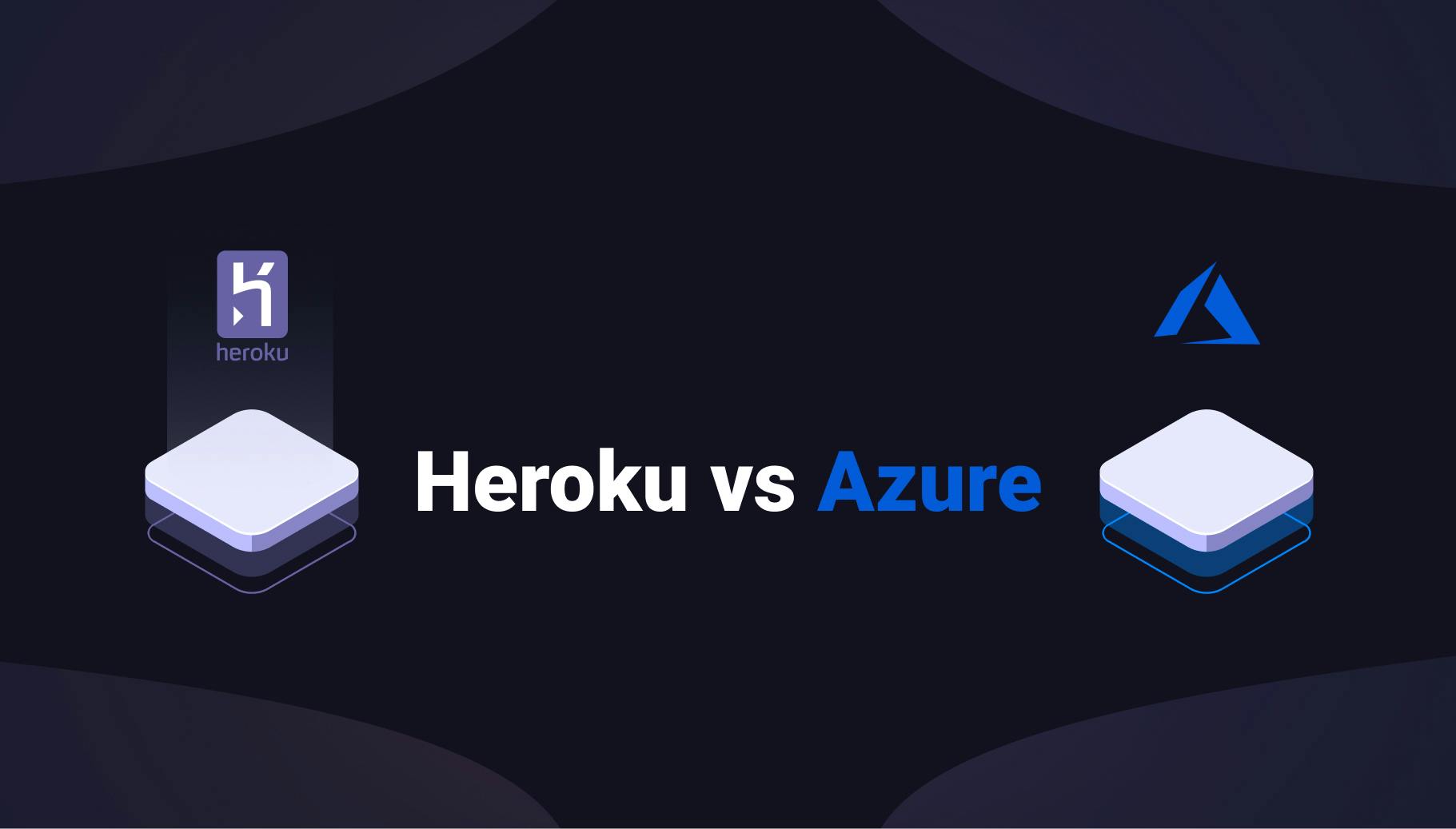2024 - What a Year - Welcome 2025
As we wrap up 2024, we are proud of everything we’ve accomplished together. This year was all about listening to our users, solving real problems, and... - Read more
As we wrap up 2024, we are proud of everything we’ve accomplished together. This year was all about listening to our users, solving real problems, and... - Read more

At Qovery, our team has been working hard to introduce new features to enhance your development experience. He...

We're in 2024, and one thing has become clear: the future belongs to those who can harness the power of artifi...

Deploying and managing applications in the cloud can be complex and time-consuming, especially when using Kube...

I’ve worked on on-premised and managed Kubernetes clusters for more than seven years. What I can say is that c...

I am excited to launch a new series of engineering articles to dig into all the details of How we Built Qovery...

When collecting information on how to write GRPC or Websocket servers for our Qovery infrastructure, I came ac...

Explore IaaS, PaaS, and SaaS cloud models to accelerate your shipping. This guide defines each, compares their...

Discover how scaling businesses can avoid costly downtime, performance issues, and security risks by investing...

Tired of silos slowing you down? See how developer-centric platform can empower your teams, standardize workfl...

Self-hosted or fully managed? Learn how mid-size engineering teams can pick the right hosting strategy for con...

Docker Desktop has long been the industry standard for containerization, but its updated licensing model has p...

We’re excited to announce that the Qovery Managed cluster offering now officially supports Microsoft Azure AKS...

Discover how startups can get up to $150,000 in free Azure credits through Microsoft’s startup program. Learn ...

Heroku and Azure offer distinct benefits for startups and mid-size companies. This guide compares the differen...

Frequent Heroku outages, including a 15-hour disruption on June 10, 2025, are severely impacting businesses. D...